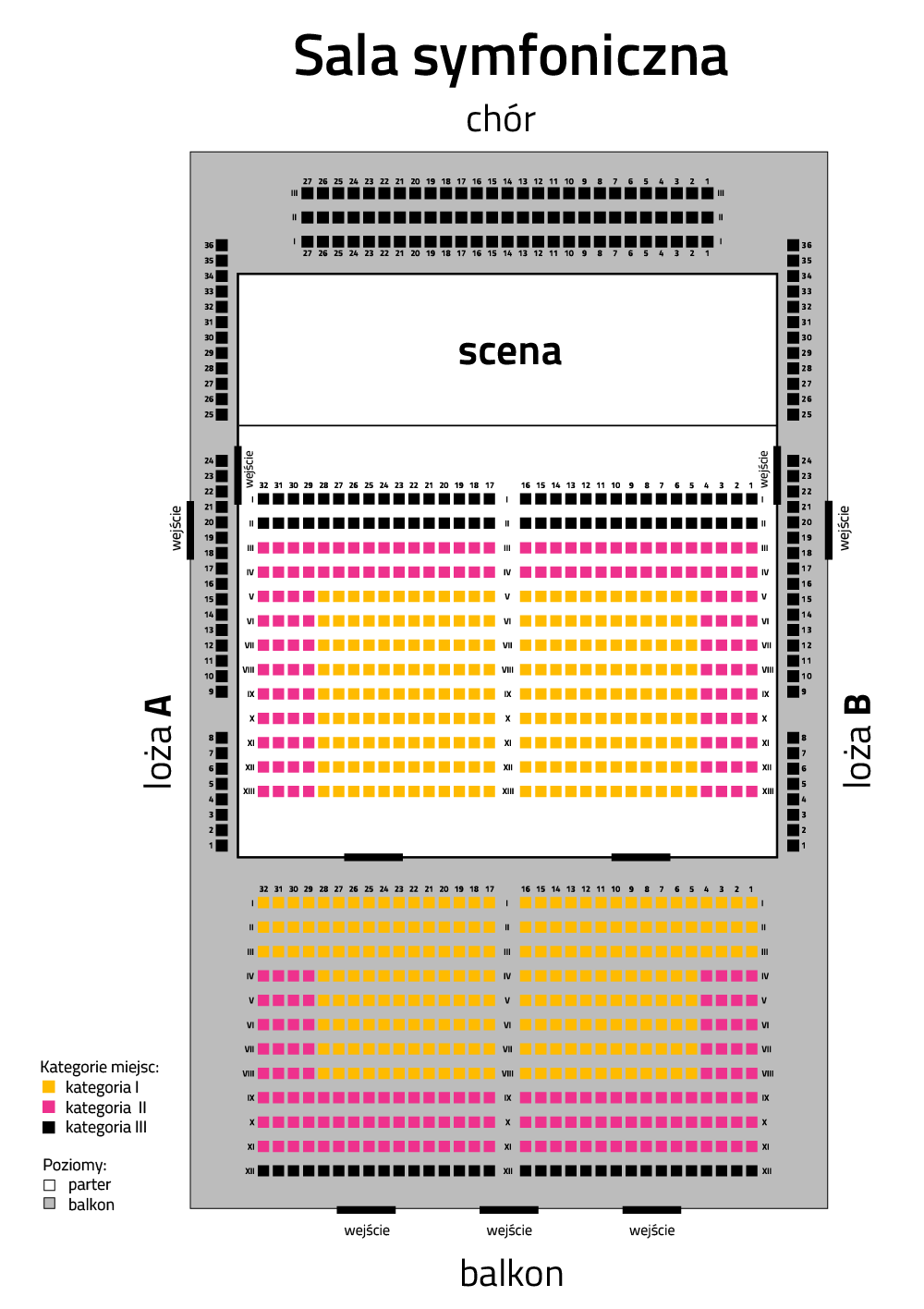If we could travel back in time in the world of music, say the first half of the 18th century, would we be surprised to observe that all those symphonies or solo concerts used to be the magnets drawing audiences to concert halls. This Enlightenment was dominated by the opera, and mainly Italian ones.
The requirement of the epoch was for a composer’s universalism, yet with opera works as the cherry on the top. Those who didn’t write opera music, even if they were masters of symphonies, simply didn't count. What is more, it wasn’t the operas by Mozart or Haydn that were extremely successful, but rather those by the company of Johann Adolph Hasse and Pietro Metastasio. It was pan-European adoration of opera that made Händel leave Germany to study operatic repertoire in Italy, and as we know it was a key element in his further career. 50 years later a similar path was undertaken by one of Bach’s sons, Johann Christian, just as Händel later won English audiences with Italian-style operas. What does it all have to do with our Haydn-Schubert concert? Well, both German conductor Frieder Bernius and concert soloist Johanna Winkel are artists specialising in historically accurate performances i.e. the practice of performing pieces in line with the aesthetic criteria of the epoch they were composed in, and – as far as maestro Bernius is concerned – in replicas of old instruments. That is why the arrangement of compositions performed during the first part of the Friday evening is a somewhat historical reconstruction of 18th century opera. Here the audience enters the theatre and hears instrumental sinfonia (the predecessor of symphony, back then it was a sort of overture), and later the main action of the opera begins. Maestro Bernius and Johanna Winkel refer to this formula. So first there will be a Joseph Haydn symphony followed by Berenice, che fai (concert aria).
The symphony The Creation dates back to the days of triumph and glory, when Haydn visited London for the second time (1794-1795). He was cordially welcomed like a star. Symphony in D major is commonly known as “The Clock” and very much to the liking of Englishmen. A journalist of “The Morning Chronicle” wrote that “Ouverture” (nomen omen the English called symphony like this!) is celebratory and as it was always when the master composed a new piece, he could only repeat his own ideas, and every time they were mistaken (R. Landon, 1976). The clock motif is present in the second part in a characteristic movement of the bassoon melody, however, it is only a pretext to great variations which appear later. Anyway these and similar comments, maybe a bit schoolboyish jokes, often were made by the composer, just as in the “surprise effect” in Symphony in G Major (no. 94). After the initial bars of such musical pranks, it turned out that it was just a pretext to show musical mastery.
On his London tour Haydn also witnessed the popularity of Italian singing, which he could admire as performed by Brigida Giorga-Banti and her colours. It was these creations of the Italian singer which encouraged the composer to write an aria made for measure, especially for her. Rich in surprising modulations and mood changes, the opera scene Berenice, che fai? (Berenice, what are you doing?) theme comes from the opera by Hasse and Metastasio “Antigono”. The Macedonian king Antigone wants to marry Berenice, however, she loves his son Demetrius… Haydn’s aria begins when Demetrius, who is close to making an attempt on his own life, asks Berenice “What are you doing?, and asks her not to leave.
Franz Schubert’s Symphony no. 4 in C minor only seemingly exceeds the world of classics. Certainly Schubert in some way is a precursor of romanticism in music which can be well observed in his over 100 songs writing in 1816. The same year the symphony in C minor was written. Later it was called “Tragic” as it was composed in a state of profound heartbreak. We learn about these years later (1821), when Schubert confides in his friend Hüttenbrenner: “I fell in love and I was loved back. In the mass I have composed, she sings solo parts so beautifully and with deep feeling (...). For over three years I have hoped to marry her, but I couldn't find a job which would support us both. According to the will of her parents, she married someone else and this hurt me a lot.”
The source of Schubert’s misery was the soprano Therese Grob, a youthful, and as it later turned out the only, love of the artist. The tragedy of this situation is intensified by the failure the young composer had suffered in securing a job. We must bear in mind that an edict by emperor Klemens Metternich forbade a person from a lower class (like Schubert) to marry someone from a higher class (like Grob) unless they had a job securing a safe life for both of them.
The only traces of the sad circumstances in which the symphony was written can be found in the slow introduction to the piece, whose narrative swiftly approaches the bright and carefree sides of Vienna classicism. Symphonies no. 4, 5 and 6 were written for a home orchestra whose instrumentation exhibits traces of “Mozart's clarity” (T. Marek, Schubert, 1974).
Schubert’s symphonies are not just some trivial introductions to opera. Anyway, despite many attempts, his opera productions were not really successful. The final division between symphony and opera became a fact.
------------------------------
Mikołaj Rykowski PhD
Musicologist and clarinetist, doctorate, and associate at the Department Music Theory at the Paderewski Academy of Music in Poznań. Author of a book and numerous articles devoted to the phenomenon of Harmoniemusik – the 18th-century practice of brass bands. Co-author of the scripts "Speaking concerts" and author of the spoken introductions to philharmonic concerts in Szczecin, Poznań, Bydgoszcz and Łódź.

